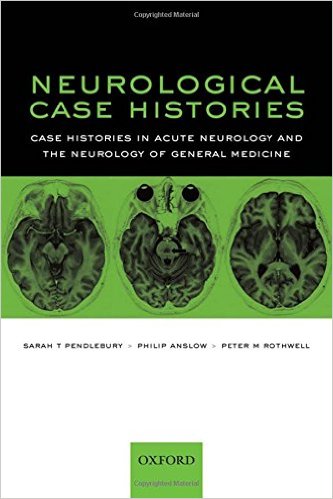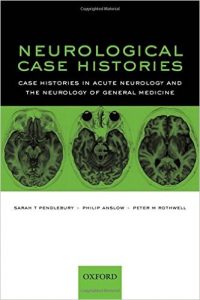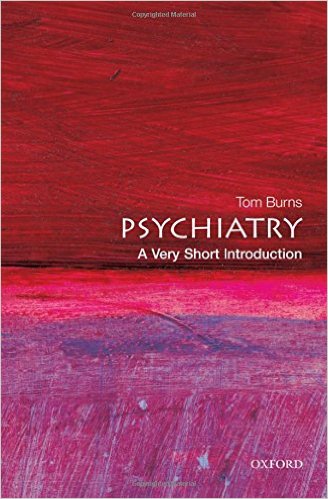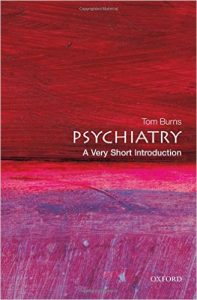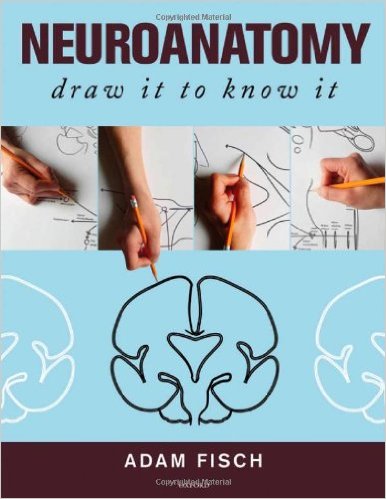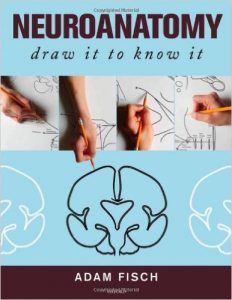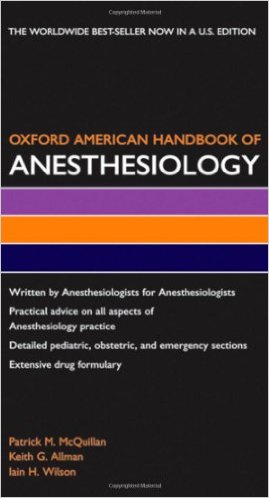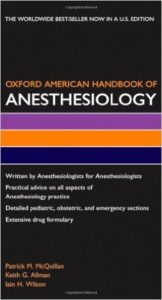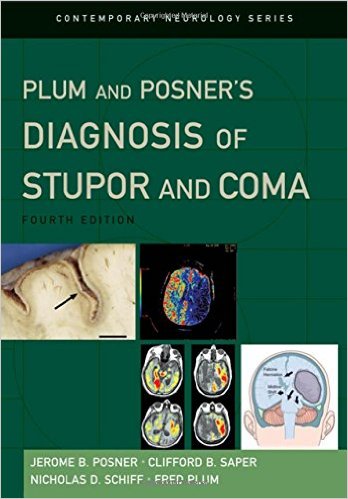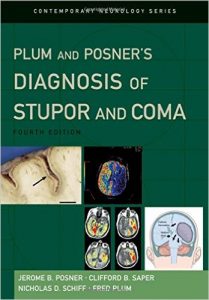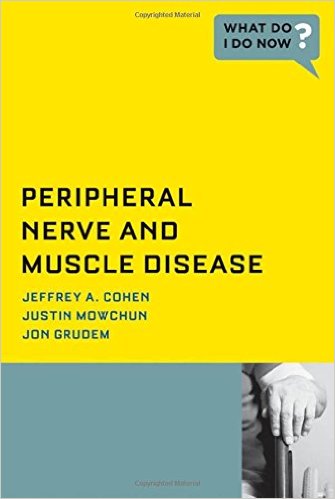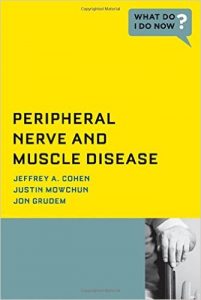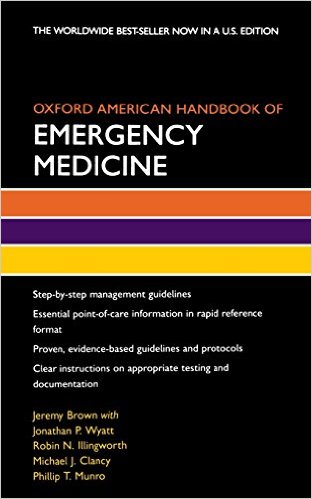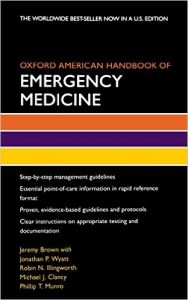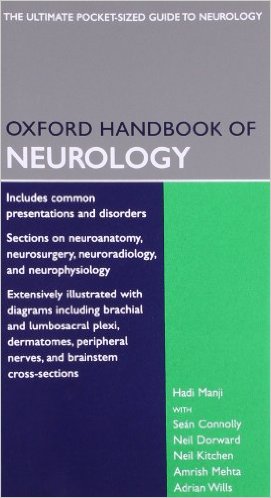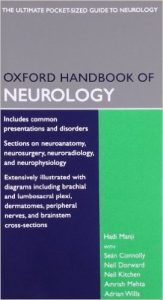Basic Arrhythmias, 7th Edition 7th Edition
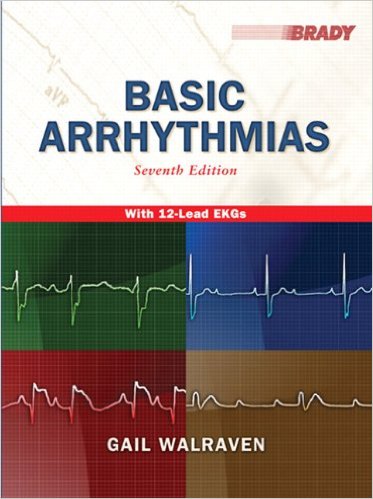
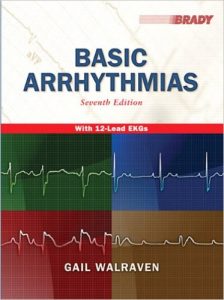
[amazon template=iframe image2&asin=0135002389]
This classic, best-selling book has been completely updated and revised to reflect the latest knowledge in the field! Basic Arrhythmias, Sevent Edition covers all the basics of arrhythmia interpretation and includes appendices on Clinical Implications, Cardiac Anatomy and Physiology, 12 Lead Electrocardiography, Basic 12 Lead Interpretation, and Pathophysiology of Arrhythmias. The author takes great care in presenting a difficult topic in an easy manner with a building block approach. Some features to this updated edition include:
-
Over 600 practice strips included in the book.
-
Covers Clinical Implications, Cardiac Anatomy & Physiology, 12 Lead Electrocardiography, Basic 12 Lead Interpretation, and Pacemakers, now includes a new section on Pathophysiology of Arrhythmias.
-
Full color texts, along with full color, tear-out flash cards for learning practice.
-
Flexible, self-instructional format allows for self-paced or classroom learning.
-
Key points and self-tests in every chapter for quick review and self-evaluation.
-
“Final Challenge” self-test at the end of book helps students evaluate their comprehension of material.
-
Clearly written, well-organized, and easy to understand.
This is a perfect resource for any practicing health care professionals who need to learn or review basic EKG or arrhythmia concepts.
This new Seventh Edition program features mybradykit , an online site providing extensive study resources, learning tools, and interactive exercises. An access code to mybradykit is provided in the front of the text.
DOWNLOAD THIS BOOK FREE HERE











